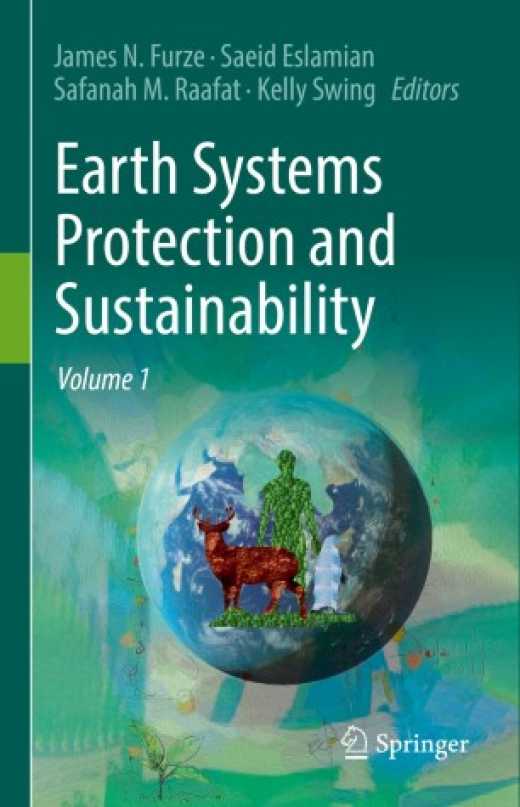Disaster Risk Reduction and Management Policy in Nepal: A Centralized-Decentralized Dichotomy
Peer Reviewed Articles
Disaster Risk Reduction and Management Policy in Nepal: A Centralized-Decentralized Dichotomy
The disaster risk reduction and management (DRRM) policy framework in Nepal provides a glass half-full or half-empty, depending on one’s viewpoint. With the caveat that the division of responsibilities among the three layers of government in new federal structure is a work in progress, it is unclear how previous acts apply to a changed system of government. The over-arching DRRM framework emphasizes the importance of prevention, preparedness, and mitigation, rather than just response. The current chapter includes detail of governmental policy and field information from three local government municipalities.
The capacity of the Nepal government to meet well-intentioned policies is low; disaster management responsibility of the local government officials is one among many and less prioritized than other responsibilities. The institutional setup for budgetary allocations continues to prioritize response over preparedness, despite the cost-savings associated with the latter and regardless of policy frameworks. There are claims that the extent of disaster response is politically determined. Further, the implementation and interpretation of policy is generally more important than the policy itself. The existing policies generally discuss the higher-level approach, such as institutionalizing DRRM but do not set out specific points on how this should be done to benefit the target communities. Nepal has made significant progress in DRRM policies in recent years. However, institutionalization and the capacity of the officials and stakeholders need to be strengthened for operationalizing DRRM policy framework to strengthen community resilience.
View Book Chapter

